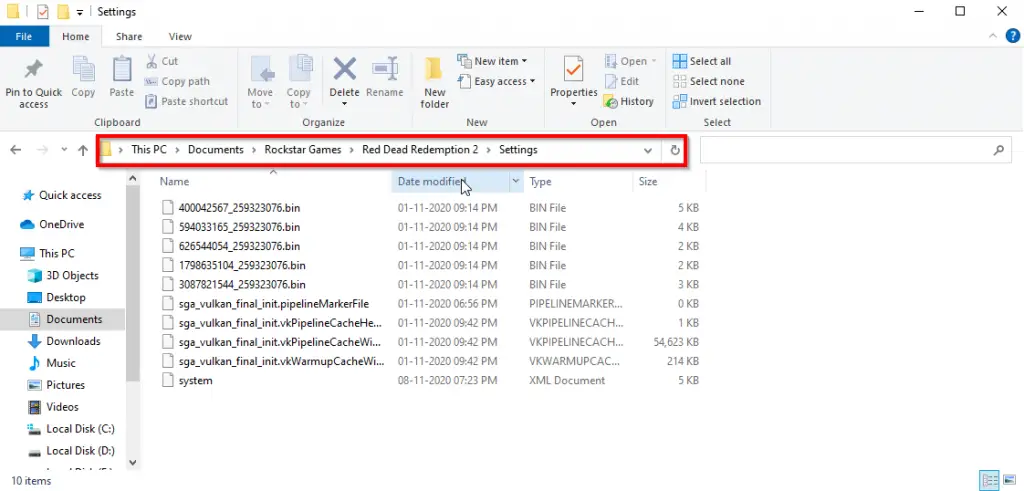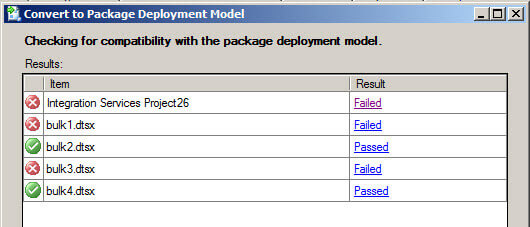

Given this, and the relatively short experience base on which to draw conclusions as to which approaches work better, we agree with the top-down proponents that setting requirements explicitly or implicitly mandating specific technical approaches seems imprudent. We observe that current systems vary in the set of threats they consider important, in the strategies they choose to implement, and in the ways in which they implement them. We list the strategies that systems can adopt to counter these threats, providing examples from some current systems showing how the strategies can be implemented. We start by identifying the goal the systems are intended to achieve, and then analyze the spectrum of threats that might prevent them doing so. It seems an opportune moment to complement the OAIS top-down effort to generate requirements for such systems with a bottom-up approach. Several digital preservation systems are in, or are about to enter, production use preserving content society deems important.
Msecure 3 configuration system failed to initalize iso#
In the same way that ISO 14721 was developed top-down, these efforts are also top-down.

Work is under way to elaborate the OAIS reference model with sufficient detail to allow systems to be certified by an ISO 9000-like process, and to allow systems to inter-operate on the basis of common specifications for ingesting and disseminating information [ 74, 22 However, because it is only a high-level reference model, almost any system capable of storing and retrieving data can make a plausible case that it satisfies the OAIS conformance requirements. It identifies the participants, describes their roles and responsibilities, and classifies the types of information they exchange. The field of digital preservation systems has been defined by the Open Archival Information System (OAIS) standard ISO 14721:2003, which provides a high-level reference model.

On this basis we suggest disclosures that systems should provide as to how they satisfy their goals. We develop a parallel set of requirements based on observations of how existing systems handle this task, and on an analysis of the threats to achieving that goal. The fundamental goal of these systems is to ensure that the information they contain remains accessible for the long term. We complement these requirements derived top-down by presenting an alternate, bottom-up view of the field. Work is underway to certify that systems conform to requirements derived from OAIS. Systems claiming conformance to these standards are entering production use. The field of digital preservation is being defined by a set of standards developed top-down, starting with an abstract reference model (OAIS) and gradually adding more specific detail.


 0 kommentar(er)
0 kommentar(er)
